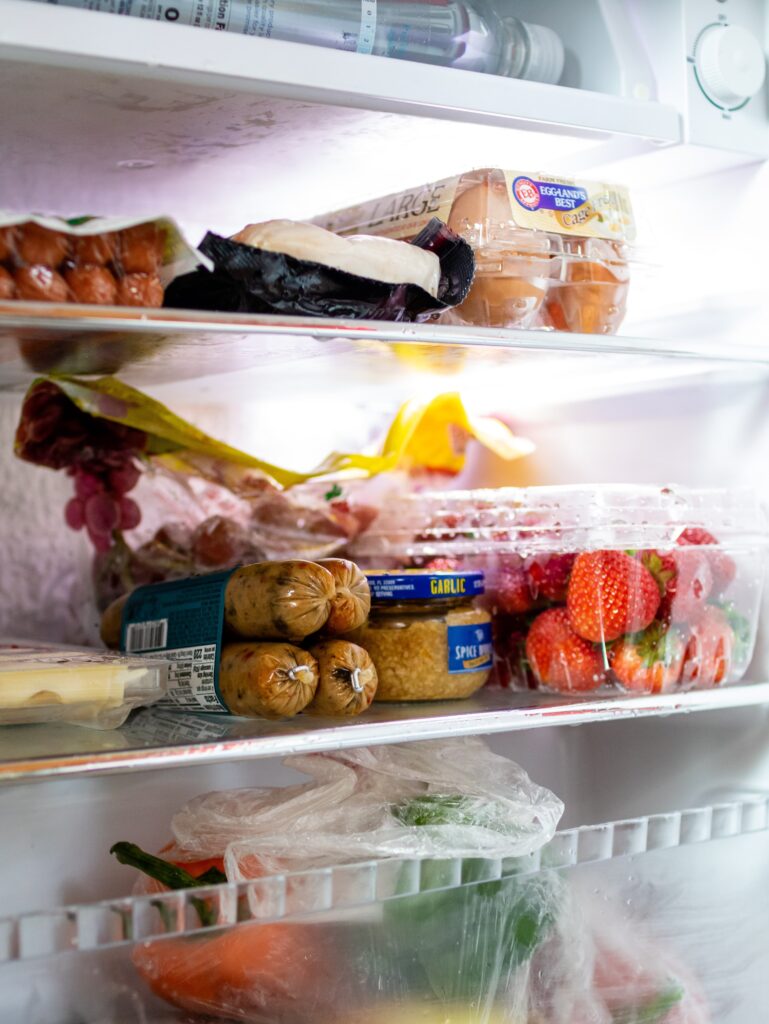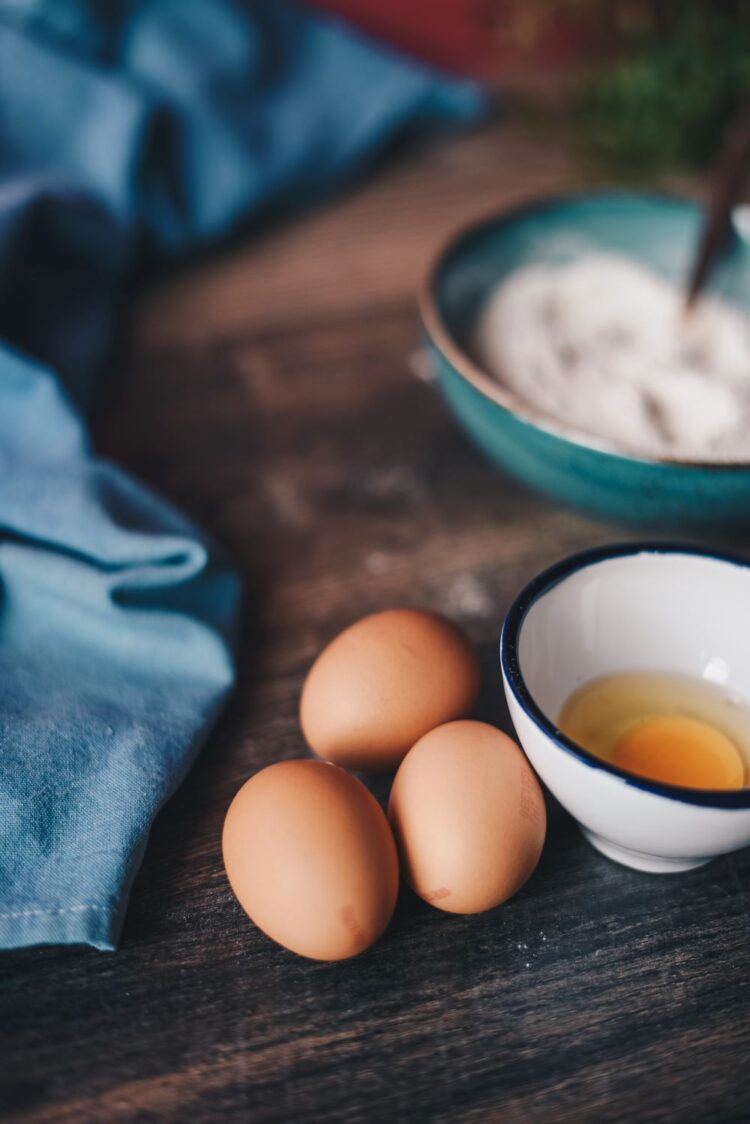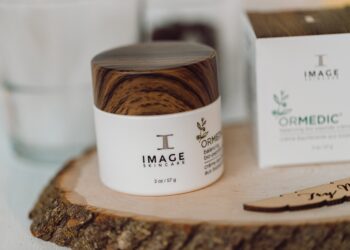The varying dates and use by instructions on food packaging have resulted in tonnes of wasted produce but it doesn’t have to be that way
Are you a slave to a ‘best before’ date?
Food shopping can be an arduous task but it’s made even more painful when you realise that a large amount of what you bought the previous week ended up in the bin because you didn’t get around to using it.
You feel guilty but you’re willing to bear that rather than risk getting an upset stomach from gone-off food. That’s smart, right? Well, yes and no.
Apparently, 10% of Europe’s food waste, which is over 9,000,000 tonnes, results from a misunderstanding of date labels. Many people don’t know the difference between ‘Best Before’ and ‘Sell By’ or ‘Display Until’ and ‘Use By’. Unfortunately, this confusion is causing people to waste food by the truckload and it doesn’t need to be the case. What people don’t realise is that if it has been stored properly, and looks, smells and tastes okay, lots of food is safe to eat well past the best before date.
Here are some top tips from Too Good To Go co-founder Jamie Crummie on how to tell if certain everyday food products are safe to eat past their Best Before dates:
Milk
Milk is one of those foods that we all cringe at the thought of consuming after it’s gone off and this inevitably leads to millions of glasses of the stuff going to waste every day unnecessarily. Milk can still be good to eat and drink after the date shown so long as it is stored properly. It’s easy to tell if it’s gone off – check for a lumpy texture, or a sour smell.
Yoghurt
While the texture and taste of yoghurt may change as time goes on, the acidic nature of the product means bad bacteria are kept at bay almost indefinitely – particularly if the yoghurt is unopened, and has been stored correctly. So, if your yoghurt looks and smells okay, it should be perfectly safe to eat for several weeks past the Best Before date.
Eggs
Keeping your eggs in the fridge may increase their usability by up to three weeks past the Best Before date. You can do a quick test by putting the eggs in a bowl of water. If they sink, they’re still good to eat. But if they float, don’t use them.

Hard Cheese
When it comes to hard cheeses like cheddar, it’s likely they will go mouldy over time but don’t panic if you see a small section – just cut off the mould and eat the rest. Avoid doing this with soft cheese though, as the spores from mould often pass through soft cheese quickly. Make sure you’re keeping cheese in the fridge to help keep it fresher for longer.
Fruit
Fruit can still be perfectly delicious to eat a few days after its Best Before date. Bruised fruit – particularly fruits like apples, pears or peaches – doesn’t necessarily have to be thrown out and in fact make the perfect addition to a smoothie! Just make sure you cut off any brown spots and then enjoy the rest. You can tell if fruit has spoiled as it typically has a slimy or mushy texture and an unpleasant smell.

Berries
Berries tend to spoil a little quicker than other fruit types, but you can always pop them in the freezer to help them last longer. You can tell if berries are going off as you’ll start to see visible mould or signs of rotting. Look out for changes in colour too. For example, cherries can turn from bright red to brown when they start to go off. If you notice the skin on your berries start to go wrinkly, it might not necessarily be rotten (unless you see any visible signs) but it’s best to try and make sure you use them that day. While the taste may not be quite the same, they work perfectly for baking.
Green Veg
When vegetables are a few days old, they often lose their moisture and can turn a bit wilted. But this doesn’t mean they’re not good to eat! As long as there’s no visible mould or rotting or an unpleasant smell they should be perfectly edible. A handy tip for reviving vegetables is to dunk them in ice cold water for a few minutes. Vegetables like carrots, celery, lettuce and spring onions can all be brought back to life with this simple trick.
Potatoes
Potatoes can start to sprout when they get a bit older, but simply cut these off and then they are still fine to be used. Watch out for potatoes that have gone green or feel very soft as they may not be safe to eat.








